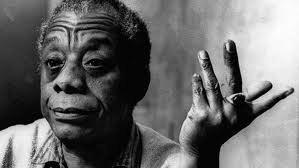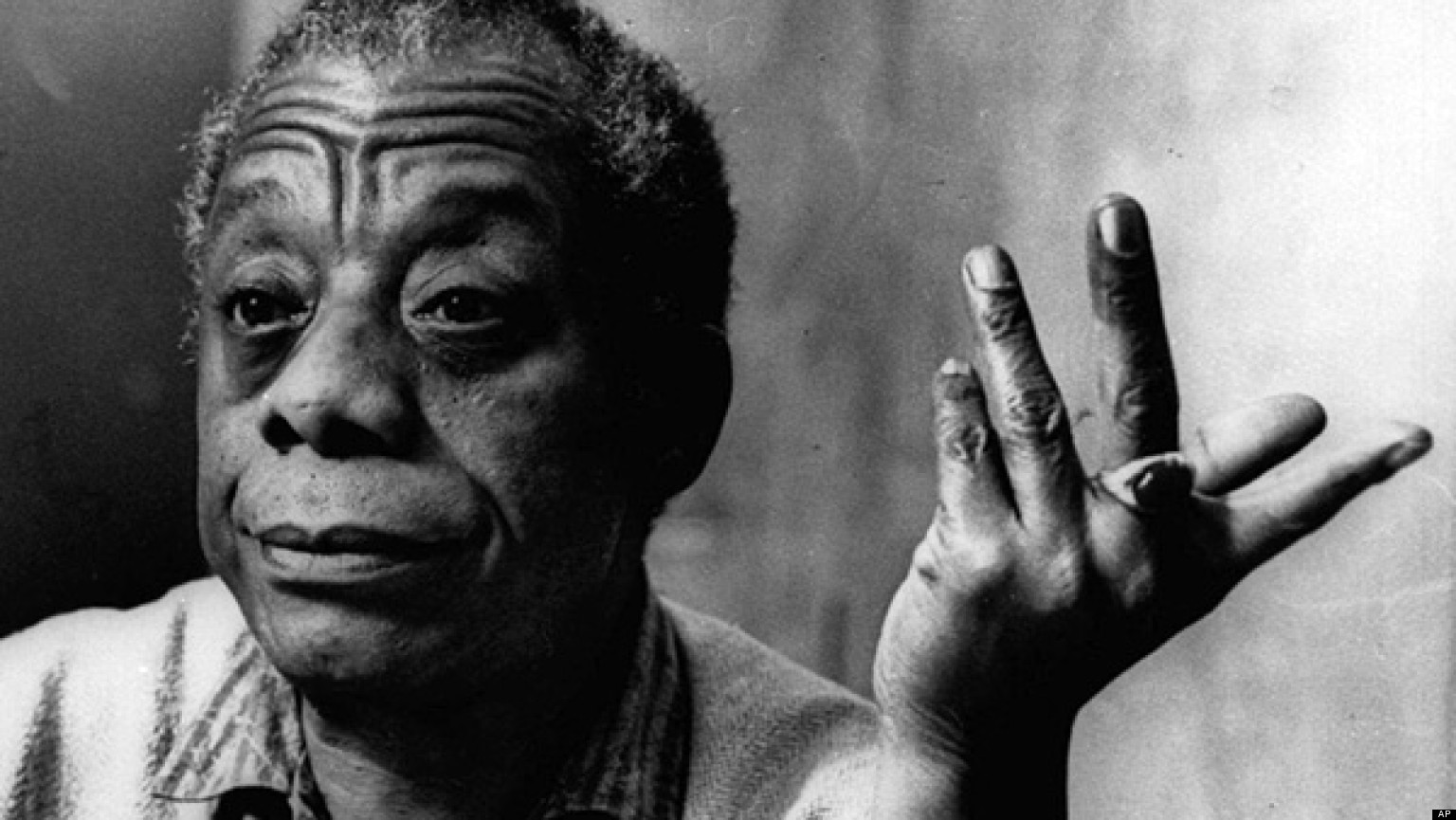The 2010 Census figures tallied Harlem’s black population at its lowest since the 1920s. Such broad demographic changes have left some New Yorkers, like Jacob Morris of the Harlem Historical Society, concerned about the neighborhood’s future.
“Harlem was the capital of black America,” Morris said. “But as demographics change, a city loses awareness of its history. I wanted to do something about it, before the composition of the community changed so much that they didn’t care anymore.”
Naming streets after prominent African-Americans connected to Harlem became a galvanizing idea. Morris pursued the first street co-naming in 2005; two years later, he succeeded. Frederick Douglass Landing was christened on Chambers Street in Manhattan, which commemorated the place Douglass landed in 1838, as a 20-year-old escaping from slavery, on his third try.
Since 2007, the Harlem Historical Society has helped almost 30 luminaries take their place on street signs all over the neighborhood—including (Anisfield-Wolf winner) Zora Neale Hurston Place and (Supreme Court Justice) Thurgood Marshall Place.
Morris is especially proud of the women the society has rallied to recognize, including civil rights activist Ella Baker, who helped launch the Student Nonviolent Coordinating Committee. “If there was a Mount Rushmore for the civil rights movement, Ella Baker would be on it,” he said.
The latest push is to honor James Baldwin. Morris said he and Herb Boyd, who wrote Baldwin’s Harlem, came up with the idea four years ago to honor James Baldwin, but needed to pinpoint an appropriate location. They chose W. 128th between Fifth and Madison Aves., the site of Baldwin’s elementary school. Because young Baldwin had a transient childhood, “the real continuity in young James’ life was the school,” Morris explained.
Baldwin’s nephew, Trevor Baldwin, joined the campaign, and the resolution passed the city’s traffic and transportation committee this month, with official news coming in early 2014.

